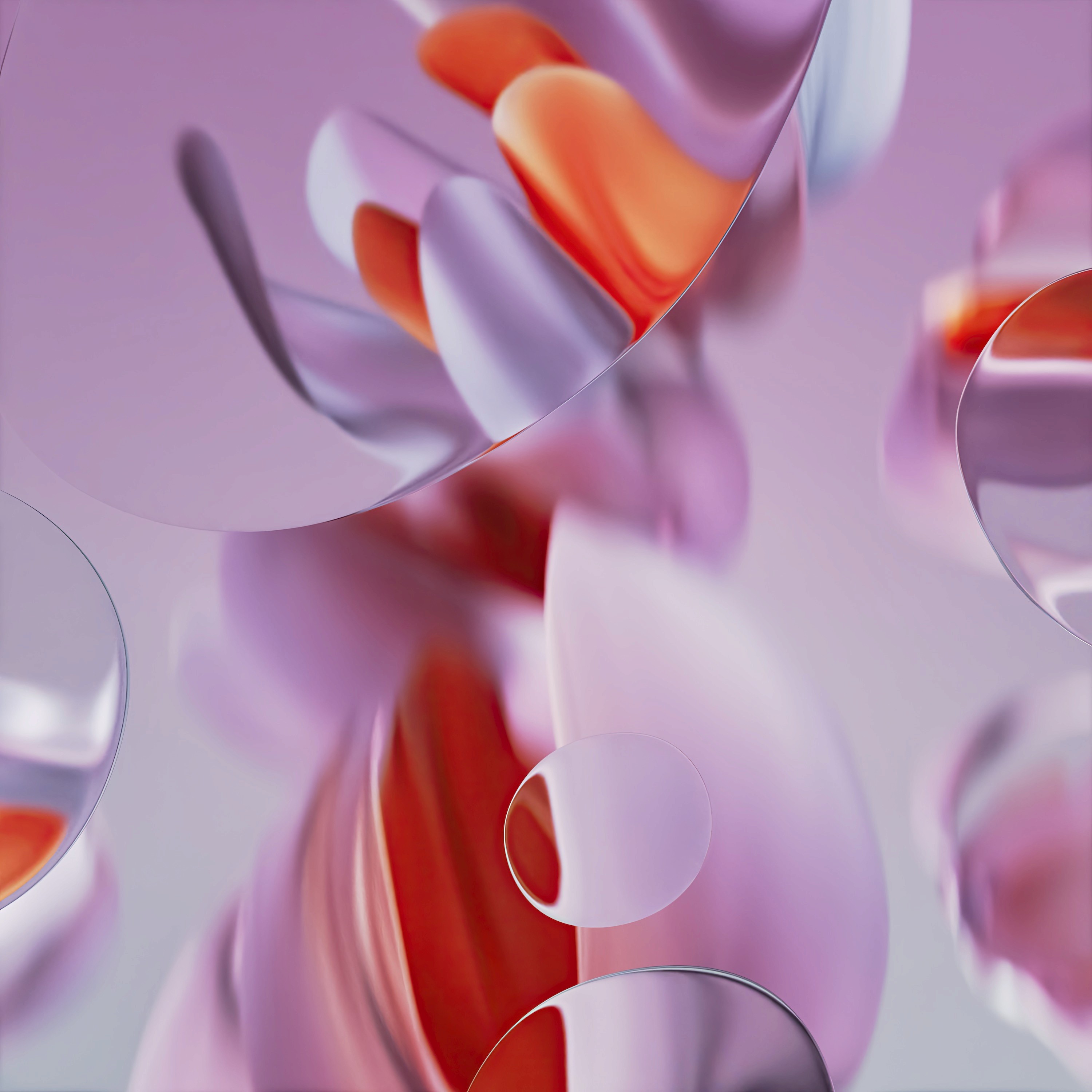Thursday, June 2, 2022

Minimalism is more than just a design trend—it's a philosophy that champions simplicity, clarity, and functionality. In today's cluttered and fast-paced world, minimalist design offers a breath of fresh air, stripping away the unnecessary to focus on what truly matters. In this blog post, we'll delve into the principles of minimalist design and explore how they can be applied to create elegant, impactful designs.
Simplicity and Reduction
Less is More
At the core of minimalist design is the principle of "less is more." Minimalist designs are characterized by simplicity and restraint, with a focus on essential elements and clean lines. By removing extraneous details and distractions, minimalist designs achieve a sense of clarity and elegance that is both timeless and universal.
Whitespace and Negative Space
Whitespace, also known as negative space, plays a crucial role in minimalist design. It provides breathing room for elements to stand out and creates a sense of balance and harmony within the composition. In minimalist design, whitespace is not just empty space—it's a deliberate design choice that enhances visual clarity and focus.
Functionality and Purpose
Form Follows Function
In minimalist design, form follows function. Every element serves a purpose and contributes to the overall function of the design. Minimalist designs prioritize usability and functionality, ensuring that every feature serves a clear and practical purpose. By eliminating unnecessary ornamentation and focusing on essential functions, minimalist designs enhance user experience and usability.
Hierarchy and Organization
Minimalist designs often rely on strong visual hierarchy and organization to guide the viewer's eye and communicate information effectively. Clear typography, grid-based layouts, and strategic use of color and contrast help establish hierarchy and structure within the design. By organizing content in a logical and intuitive manner, minimalist designs make it easy for users to navigate and understand.
Embracing Visual Harmony
Balance and Proportion
Visual balance and proportion are key principles of minimalist design. Whether it's through symmetrical compositions or asymmetrical arrangements, minimalist designs strive for visual harmony and balance. Elements are carefully spaced and proportioned to create a sense of equilibrium and stability, resulting in compositions that feel cohesive and well-balanced.
Limited Color Palette
Minimalist designs often feature a limited color palette, with a focus on neutral tones and subtle accents. By simplifying color choices, minimalist designs achieve a sense of unity and sophistication. The use of color is deliberate and purposeful, with each hue chosen to enhance the overall aesthetic and mood of the design.
Timelessness and Versatility
Focus on Essential Elements
Minimalist designs stand the test of time because they focus on essential elements that transcend trends and fads. By stripping away the superfluous, minimalist designs achieve a timeless quality that remains relevant and impactful across different contexts and environments. Minimalist designs are versatile and adaptable, making them suitable for a wide range of applications and industries.
Adaptable to Various Mediums
Whether it's print, digital, or environmental design, minimalist principles can be applied to a variety of mediums and formats. Minimalist designs translate seamlessly across different platforms and devices, ensuring a consistent and cohesive brand experience. From websites and mobile apps to packaging and signage, minimalist design principles can be tailored to suit the unique requirements of each medium.
Conclusion
Minimalist design is a powerful approach that emphasizes simplicity, functionality, and visual clarity. By embracing minimalist principles, designers can create elegant, impactful designs that resonate with audiences and stand the test of time. Whether it's through simplicity and reduction, functionality and purpose, visual harmony, or timelessness and versatility, minimalist design offers a timeless aesthetic that is both beautiful and functional.























